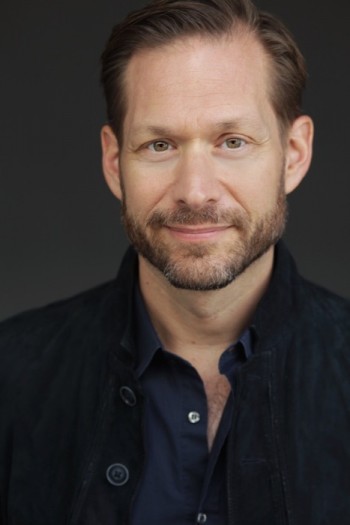The following is an excerpt from Acting In Chicago: Making A Living Doing Commercials, Voice Overs, TV and Film And More by Chris Agos, and has been reprinted by permission.
If you don’t know what an ear prompter is, you’re going to thank me for introducing it to you. Ear prompters let you deliver your lines word for word, without memorizing them or holding a script in your hand. It’s sometimes rightfully referred to as the actor’s secret. (In the business, ear prompters are commonly referred to as “the EAR”. I can’t tell you why it’s capitalized, but whenever you see it on a resume or in a casting notice, it’s usually written in caps. So to avoid any confusion I’m going to use that notation going forward.)
EARS consist of an earpiece, either wired (like news anchors use) or wireless (like a hearing aid), connected to a small recorder. The system is being used correctly when all of the pieces are hidden from view. You record your script and play it back through your earpiece. As you hear the script, you recited it like you would a memorized piece. The trick is to make it look like the words are coming off the top of your head. This is a talent in and of itself, because it’s not easy to talk while you’re listening to a voice in your head and be convincing at the same time. After all, you still have to act. But if you can master this skill, you’ll open up a whole new way of making money.
EARS are life savers. They remove the stress of not knowing your script, they allow writers to make changes on the set, and they take the pressure of of producers to get a script to you far in advance. This is the main reason why producers request actors who are ear prompter proficient.
Actors mostly use the EAR for industrials and trade shows, but there are other places it can be used. A friend of mine in L.A. used his EAR while shooting an episode of The West Wing. The writers rewrote his monologue minutes before he was to shoot it, so he went into his trailer, recorded it, and did it flawlessly on the first take. No one on the set knew how he memorized the new text so quickly. They also come in handy when you have a last-minute commercial audition. You can walk into the room looking like you’ve got the script memorized.
A few years ago, I was auditioning for a series of beer spots, and I laid the scripts down on my EAR before going into the room. I had a great audition and the clients surprised me by asking to read a few more spots for them. They pulled three out of a folder and asked to look at them and come back when I was ready. I walked out as the next actor entered. They,  while in the waiting room I recorded the new spots, went through them once or twice, and by the time they were ready for the next audition, I was ready to show them the new stuff. I went in, did the scripts perfectly, and they were stunned by super-duper memory! I thanked them for all the compliments and didn’t tell them my secret. I also didn’t get the job, but that’s another story.
while in the waiting room I recorded the new spots, went through them once or twice, and by the time they were ready for the next audition, I was ready to show them the new stuff. I went in, did the scripts perfectly, and they were stunned by super-duper memory! I thanked them for all the compliments and didn’t tell them my secret. I also didn’t get the job, but that’s another story.
The EAR isn’t for everyone. Some actors pick up the ski9ll very quickly and have no trouble listening, talking, and being natural at the same time. Others struggle and struggle hard. I’d say the average actor can take an eight-week class and be pretty competent on the EAR by the end of it. Some people will pick it up much faster, others take more time. The only to find out where you fit in is to try it out. As far as cost goes, you can get current pricing on several websites. Search online for some examples, but generally, you can count on spending $1000 for a complete kit and some coaching. It that sounds like a lot, keep in mind that one or two jobs will pay for it. I’ve put together an ear prompter resource guide with the names of some people and places you should know. It’s free, and you can download it from actinginchicago.com.
I count the EAR as a separate way actors make a living because it’s possible to work in all aspects of the business without ever knowing that it even exists. Plenty of actors do, but if you take the time to learn how to use the EAR, you’ll be rewarded in ways you can’t yet imagine.
Wrap Up
You can think of the things on this list as bricks in the actor’s career wall. An industrial brick is laid next to a VO brick, which is resting on top of a TV brick and all three of these are supported by a commercial brick. Why? Because Chicago is the third largest market in the country, not the largest. There isn’t enough of one kind of work here to let everyone focus only on the thing they really like to do. Full-time actors here are much more likely to be working in multiple disciplines with the rare exception, of course. If you’re a model you can do very well sticking with print, and there are also some people who just work in VO. But for the rest of us, we’ve got to work on building our wall.
A strong foundation of knowledge is the only way to make sure your wall is going to hold up. For that, you need training, and you’re in luck because Chicago is a great place to learn.

Chris Agos began his acting career in 1995. Known for his efficiency and professionalism on the job, producers have cast him in thousands of projects in Chicago and beyond. He continues to audition, work, and help other actors get what they want from their acting careers. A Chicago native, he now lives in Los Angeles with his wife and twin sons.



